Video of the Week:
Storing and Preserving Peppers
Turfgrass:
Preparations for Fall Lawn Plantings
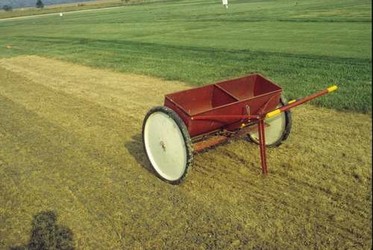
A soil test will determine what nutrients are needed. Unless phosphorus levels are high, a starter fertilizer is recommended to encourage rapid germination of grass seed. Once the soil test results are received, the proper fertilizer can be purchased so it can be applied at seeding.
Many areas of Kansas have received sufficient rainfall this summer that weeds, especially crabgrass, may interfere with seeding. If a lawn is being completely redone and weeds are a problem, a product with glyphosate such as Roundup or Killzall can be used to kill everything. Glyphosate is inactivated when it hits the soil and will not be taken up by underground roots. Avoid spraying exposed roots or leaves of any “good” plant. Wait at least two weeks before seeding.
Overseeding is used to thicken up a lawn. Normally we have bare spots that need to be filled in or a thin lawn that needs thickened up. We do not kill the tall fescue or bluegrass when overseeding. Therefore, we cannot use glyphosate to control weeds as it would also kill the turfgrass. Instead we use a selective herbicide that will control both broadleaf weeds and crabgrass. A number of those are listed below. Note that there is a waiting period between when the herbicide is applied and when it is safe to overseed. Usually this is about four weeks. However, check the label of the product you purchased to be sure you allow enough time.
Ortho Weed B Gon Max + Crabgrass Control
Bayer All in One Lawn Weed and Crabgrass Killer. Fertilome Weed Out with Q
Trimec Crabgrass Plus Lawn Weed Killer
Bonide Weed Beater Plus Crabgrass & Broadleaf Weed Killer
Spectracide Weed Stop for Lawns Plus Crabgrass Killer
(Ward Upham)
Turf in Shade
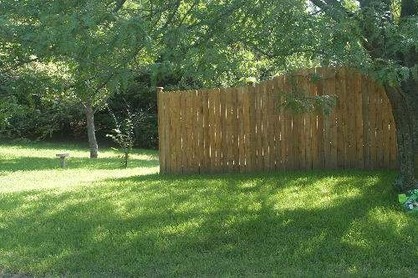
Although tall fescue is our best shade grass that does not mean that tall fescue is all that good in the shade. Large trees that produce deep shade will not allow tall fescue to survive over the long term. I say “over the long term” because fall-planted cool-season grasses will often do well under shade trees through the fall and spring when there is less leaf cover and growing conditions are better (cooler and moister) than in the summer. We often see people plant tall fescue in the shade each fall and then wonder what happens the following summer. The answer is stress from multiple fronts. Sunlight that passes through the leaves of trees has had most of the “good” light that drives photosynthesis stripped out. The grass struggles to make the food it needs for survival and growth. When this poor diet is combined with the additional stresses of drought and heat, tall fescue is unable to survive.
So, what should you do if you have too much shade for your turf? You have three choices. Reduce the shade by pruning up the lower branches of your trees so more early and late sun reaches the turf. This is not practical with many trees because it can destroy the desired shape. A second option is to plant a groundcover that is well-adapted to shady sites such as periwinkle. Another solution would be to mulch the area under the tree. (Ward Upham)
Flowers:
Peonies May Be Cut Back Now
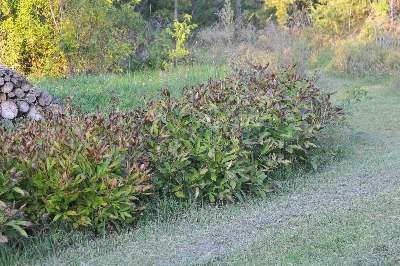
Fruit:
Pear Harvest
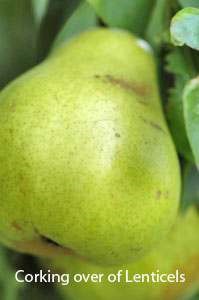
1. A change in the fruit ground color from a dark green to light green or yellowish green. The ground color is the "background" color of the fruit.
2. Fruit should part easily from the branch when it is lifted up and twisted.
3. Corking over of lenticels. Lenticels are the "breathing pores" of the fruit. They start out as a white to greenish white color and turn brown due to corking as the fruit nears maturity. They look like brown “specks” on the fruit.
4. Development of characteristic pear aroma and taste of sampled fruit.
Pears ripen in one to three weeks after harvest if held at 60 to 65 degrees F. They can then be canned or preserved. If you wish to store some for ripening later, fresh-picked fruit should be placed in cold storage at 29 to 31 degrees F and 90 percent humidity. Ripen small amounts as needed by moving them to a warmer location and holding them at 60 to 65 degrees F. Storing at too high a temperature (75 degrees F and higher) will result in the fruit breaking down without ripening. (Ward Upham)
Pests:
Codling Moth Control: The Worm in the Apple
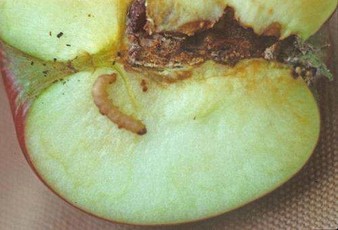
So, that leaves malathion. Unfortunately, malathion is becoming more and more difficult to find with a label for
apples. Peaches and pears are still listed on most labels but apples and various small fruits are found on very few. As a matter of fact, the only product I have found with malathion that still has apples and a number of small fruits on the label is Bonide Malathion Insect Control.
What do we use as a homeowner instead of malathion? Sevin is often not a good choice in Kansas due to a likely mite outbreak. Fortunately, we do have a new product labeled for homeowners that is reasonably effective. It is an organic product known as CYD-X and is a codling moth virus. This is exciting news for homeowners who grow organically as they have had little to choose from for codling moth control. Though there were a few other organic products labeled for codling moth, effectiveness was wanting. How effective is CYD-X?
Utah State University did a study comparing the relative effectiveness of codling moth products. In their study, Sevin gave 89% control, malathion gave 77% and CYD-X turned in 69% control. Though CYD-X was not as good as malathion or Sevin, the level of control given is still very reasonable.
CYD-X is still quite new and not widely available. If you can’t find it locally, Peaceful Valley Farms has it available online. The cost is $49.99 for 1.5 ounces. The suggested rate is 1 teaspoon per 5 gallons of water. If you do your math, the cost per applied gallon is a bit more than one dollar. The spray interval is every week on the label though the study mentioned above applied every two weeks. Usually your first spray goes on about 3 weeks after full bloom. (Ward
Upham)
Twig Girdlers
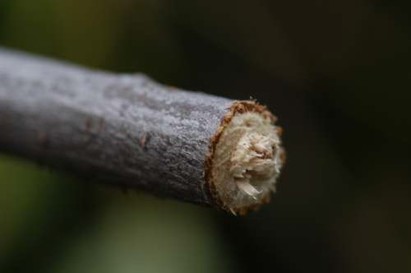
Girdled twigs often remain on the tree until a strong wind blows them down. Large infestations can result in a high percentage of girdled twigs. Though this may reduce the vigor and appearance of the tree, the overall effect on the tree's health is not severe. Twigs are unsightlyand do not fall all at once, so clean up is a drawn out process.
This beetle has a one-year life cycle. Late in the growing season, the female deposits eggs in small scars chewed through the bark and then chews a continuous notch around the twig, girdling it. The notch is cut below the site of egg deposition apparently because the larva is unable to complete development in the presence of large amounts of sap. Girdled twigs die and fall to the ground where the eggs hatch.
Girdled twigs look like a beaver has chewed on them, only in miniature. The outside of the twig is smoothly cut, but the center of the twig appears broken. The larvae begin feeding on dead wood inside the twigs the following spring and continue through most of the summer. Pupation takes place inside the feeding cavity. Development is completed during August when the adult emerges to repeat the cycle.
Though adults feed on the bark of host twigs, damage is minimal until the female starts girdling. Chemical control is impractical, so gather and dispose of fallen twigs in the fall or spring to destroy the larvae inside. Often, natural mortality is high because fallen twigs are excessively dry or carry too many larvae per twig. (Ward Upham)
Contributors: Ward Upham, Extension Associate
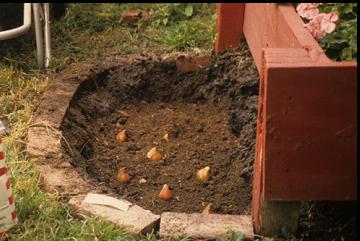
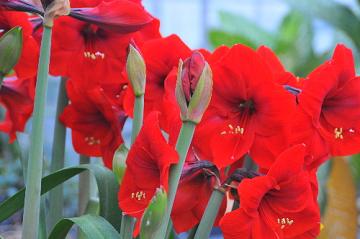
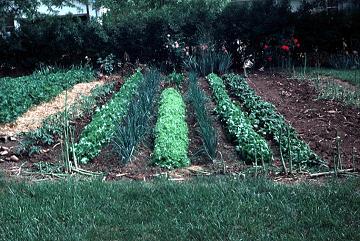
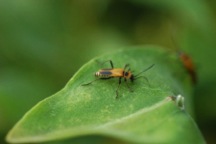
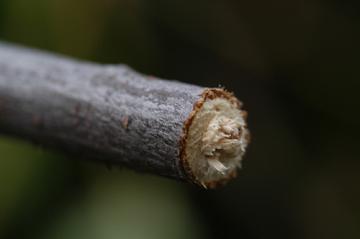
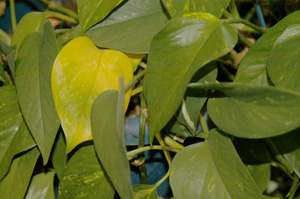
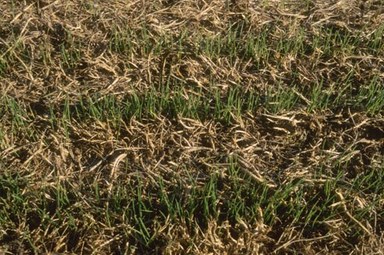
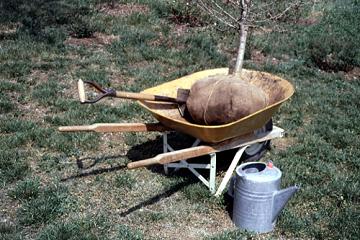
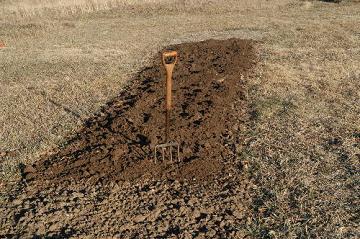
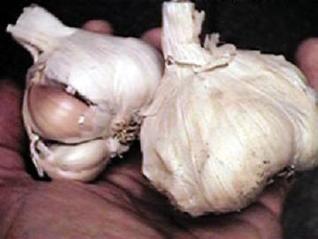
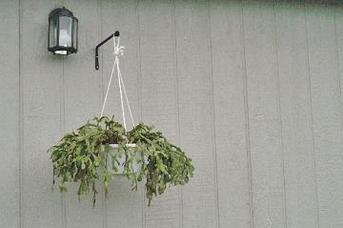
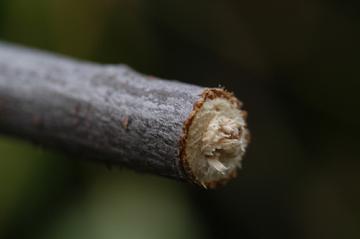
 RSS Feed
RSS Feed
